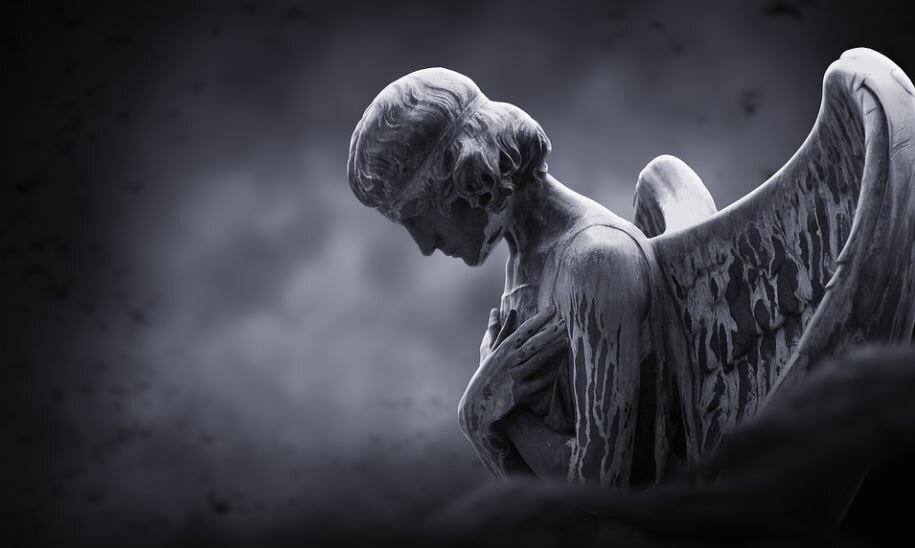For Immediate Assistance: (815) 626-1131
What Do You Know About Embalming?
Whether you’re having a cremation or a service at a funeral home in Morrison, IL, it’s helpful to be aware of the basics of embalming.
Embalming is the preservation of human remains to slow decomposition and disinfect the body. The process is thought of as both an art and a science as it requires great skill and experience. Bodies are usually embalmed so they’re suitable for a viewing before a cremation or funeral service. They are also used to preserve bodies for medical purposes, whether for a laboratory or a medical school.
Embalming is frequently required by state law or funeral home regulations. Some states legally require refrigeration or embalming if a body is not cremated or buried within a certain period of time after a death, while other states leave the requirements up to the funeral homes. While the exact laws and regulations vary, best practices are to bury or cremate a body within a few days of death or embalm it.
There are two main kinds of embalming, arterial and cavity, but both are usually used in the standard embalming process. Arterial embalming involves removing the blood from the veins and replacing it with the embalming solution. In other words, the blood is flushed out of the veins and arteries by the fluid. Cavity embalming is when the internal fluids are removed with tools called trocars and aspirators. While each embalming expert might have his or her own preferred technique, here are the general steps of the embalming process
 The first step is to wash and disinfect the body. The embalmer will also massage the arms and legs to ease rigor mortis and perform any necessary shaving. Next, it’s time to set the features. The embalmer sets the body’s features by closing the eyes and positioning the mouth. The eyes are often held shut by plastic caps and the mouth is usually wired or sewn shut. The next step is to inject the embalming fluids and cavity embalming. An incision is made in the right common carotid artery and the right jugular vein in order to pump about two gallons of a formaldehyde solution through the body. As the solution is injected, it pushes the blood out of the veins and into a drain attached to the jugular. Bodily fluids and remaining gas are removed from the internal organs, like the bladder, intestines, and stomach, by a suction hose and a trocar. A trocar is an instrument with a three-sided point attached to a tube for removing fluids. After the fluids are removed, the embalmer injects embalming fluid to preserve the body and help it hold its shape.
The first step is to wash and disinfect the body. The embalmer will also massage the arms and legs to ease rigor mortis and perform any necessary shaving. Next, it’s time to set the features. The embalmer sets the body’s features by closing the eyes and positioning the mouth. The eyes are often held shut by plastic caps and the mouth is usually wired or sewn shut. The next step is to inject the embalming fluids and cavity embalming. An incision is made in the right common carotid artery and the right jugular vein in order to pump about two gallons of a formaldehyde solution through the body. As the solution is injected, it pushes the blood out of the veins and into a drain attached to the jugular. Bodily fluids and remaining gas are removed from the internal organs, like the bladder, intestines, and stomach, by a suction hose and a trocar. A trocar is an instrument with a three-sided point attached to a tube for removing fluids. After the fluids are removed, the embalmer injects embalming fluid to preserve the body and help it hold its shape.
Finally, the embalmer then closes up any incisions made in the embalming process, gives the body a bath, and then dresses it. After about 24 hours, he will return to seal the incisions with a bonding adhesive to prevent leaks, apply makeup, and fix the hair.
Schilling Funeral Home & Cremation is here to help if you have more questions on embalming or Morrison, IL funeral homes. We’re happy to offer our expertise and compassionate services. Call or visit us today to learn more about what we can do for you in your time of loss.







Comments